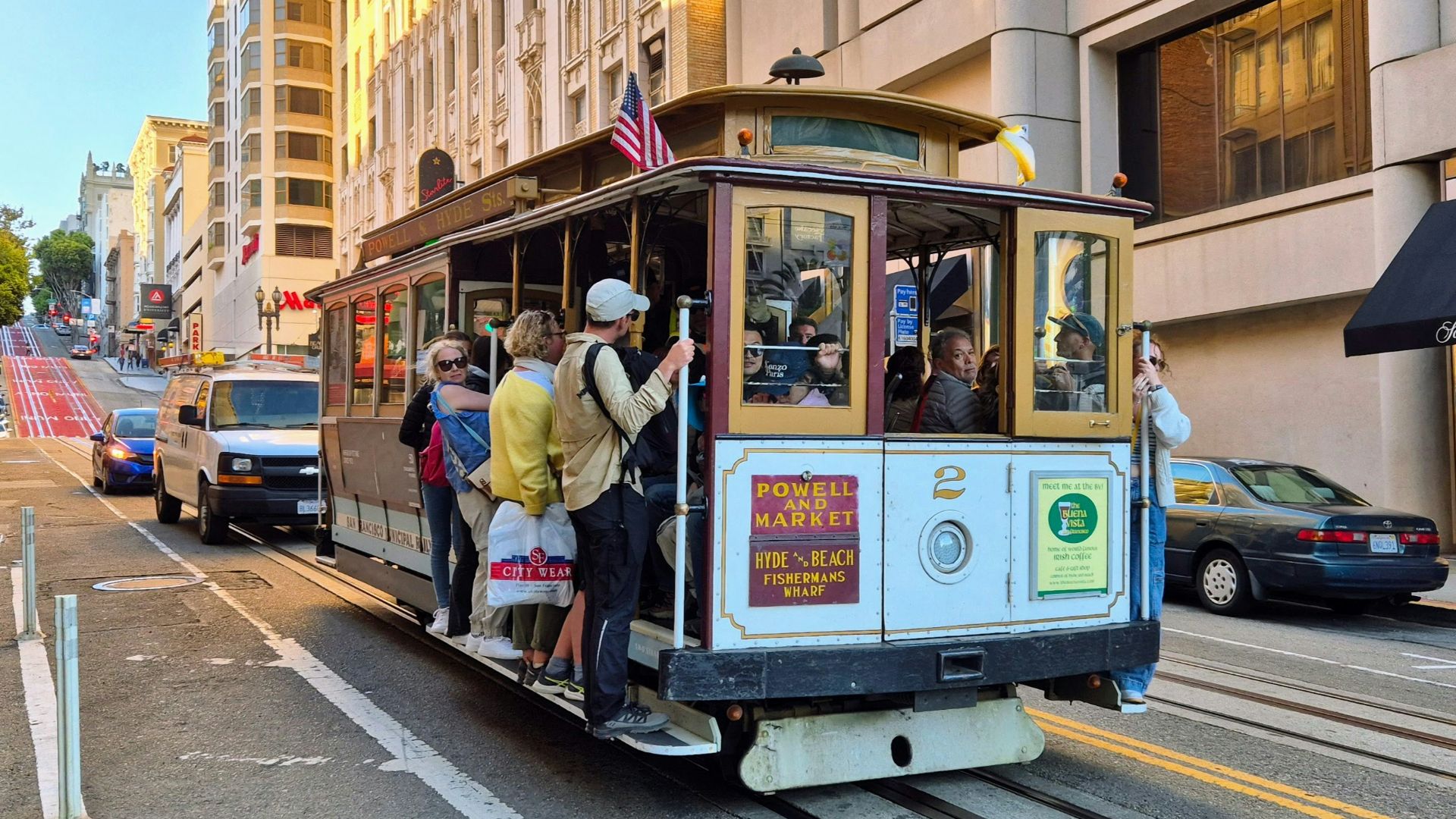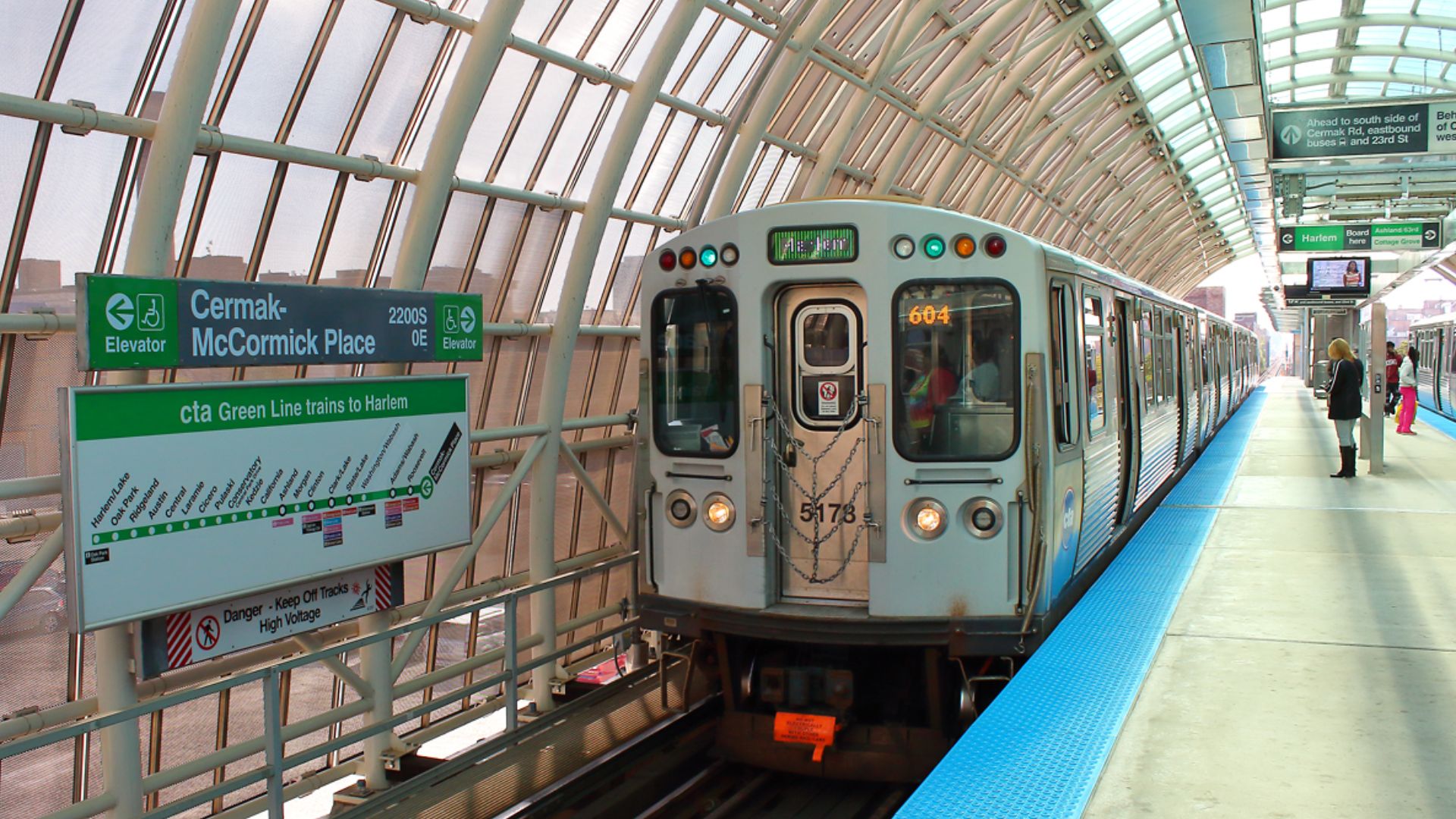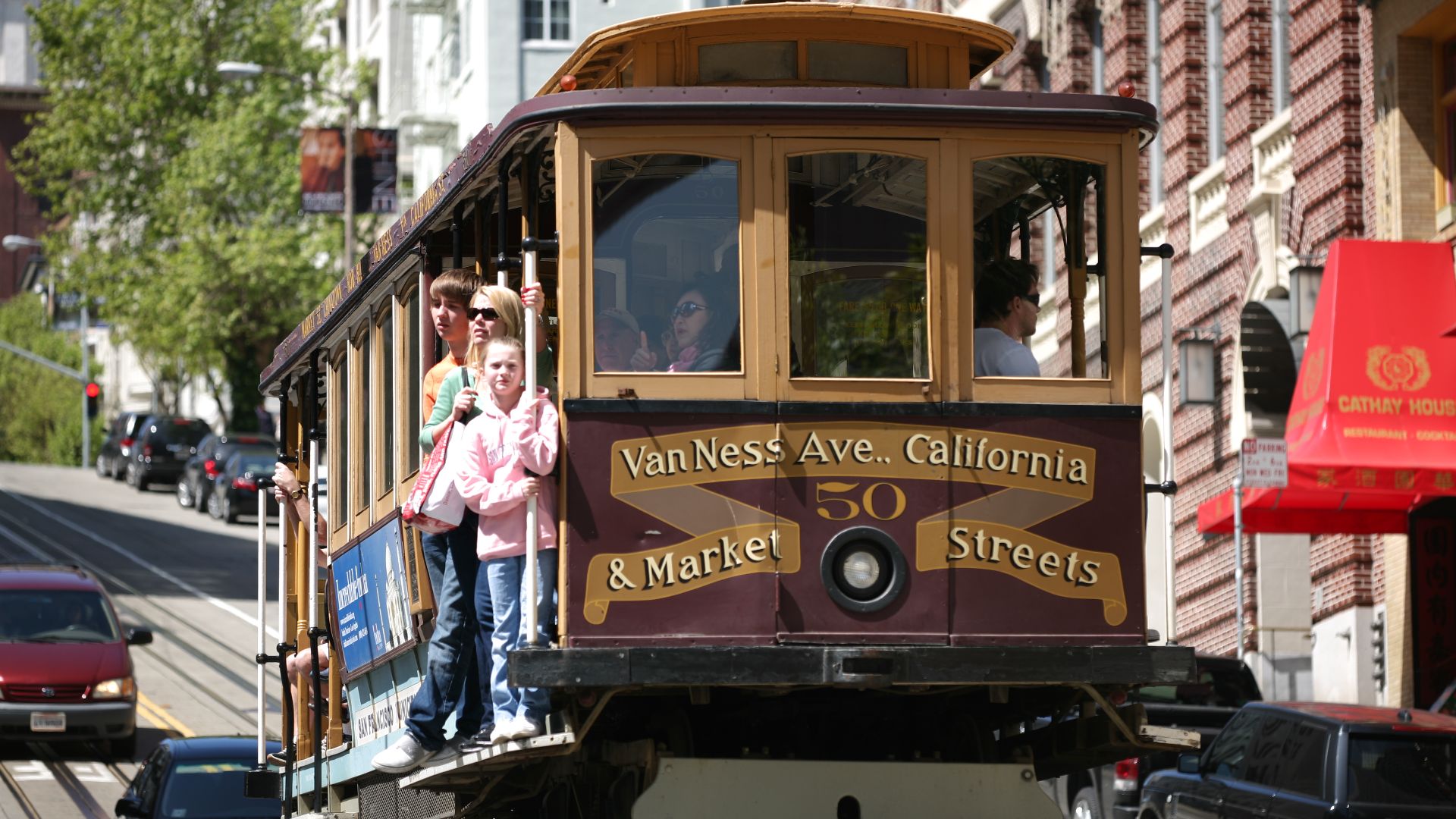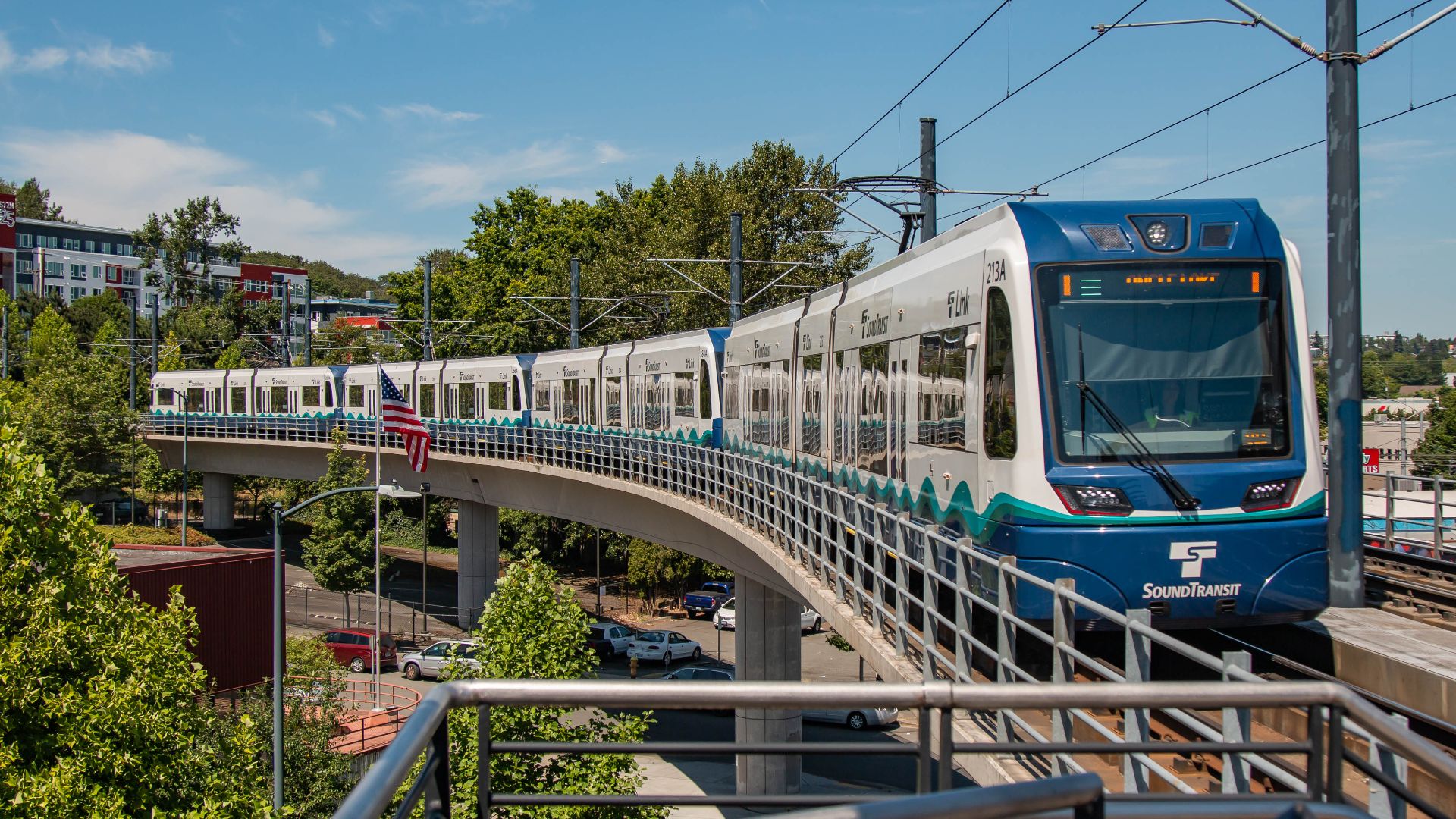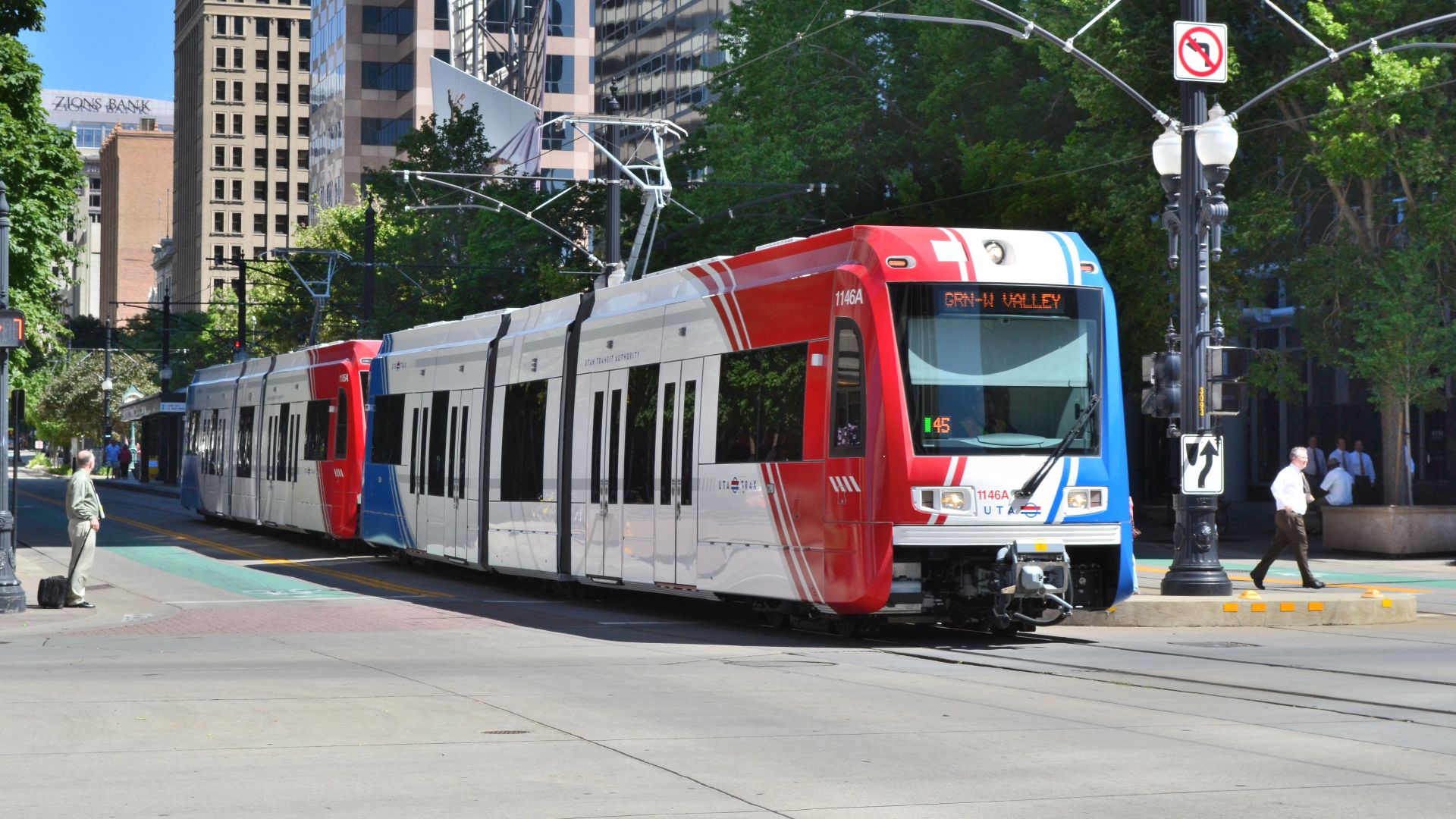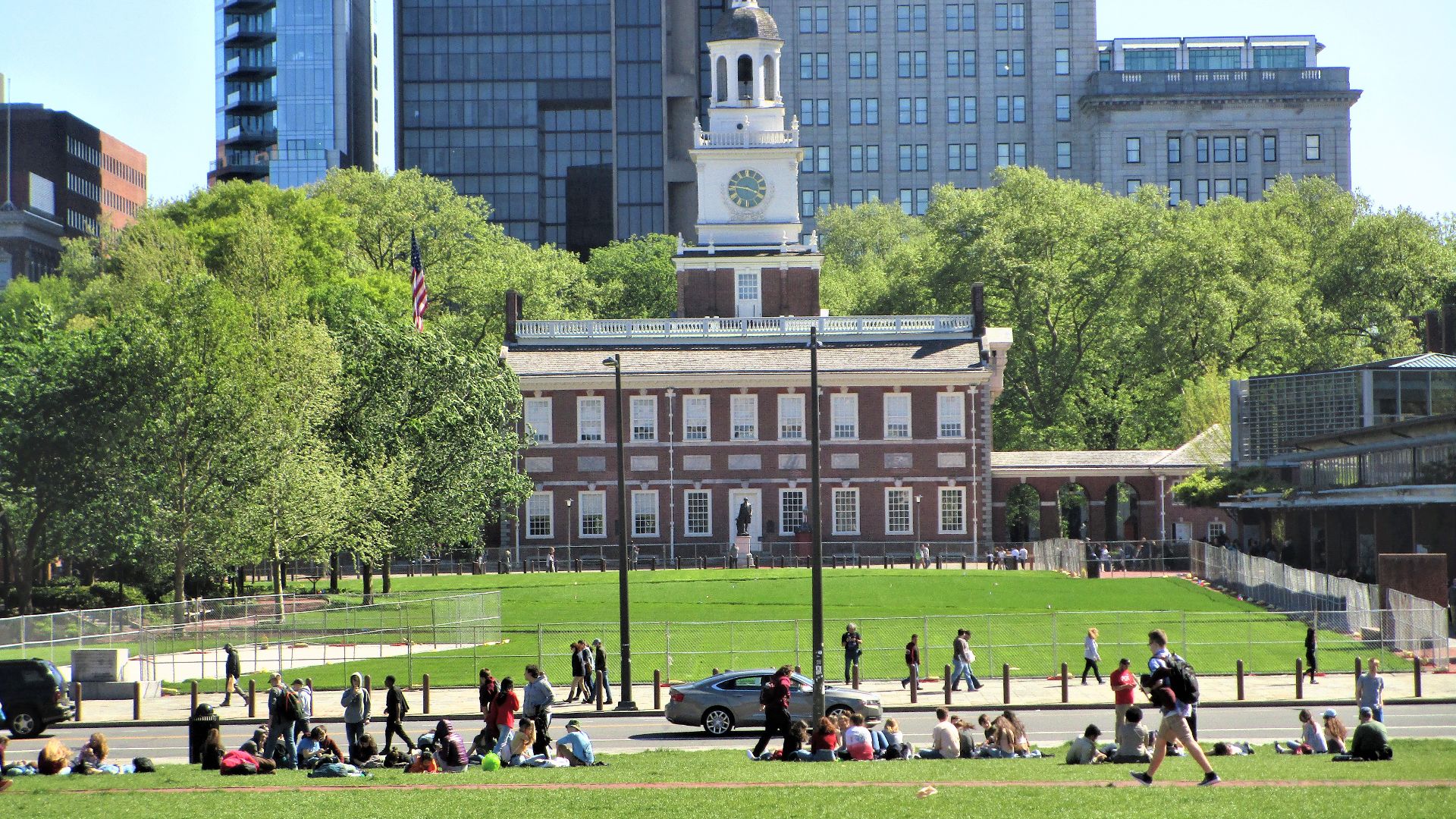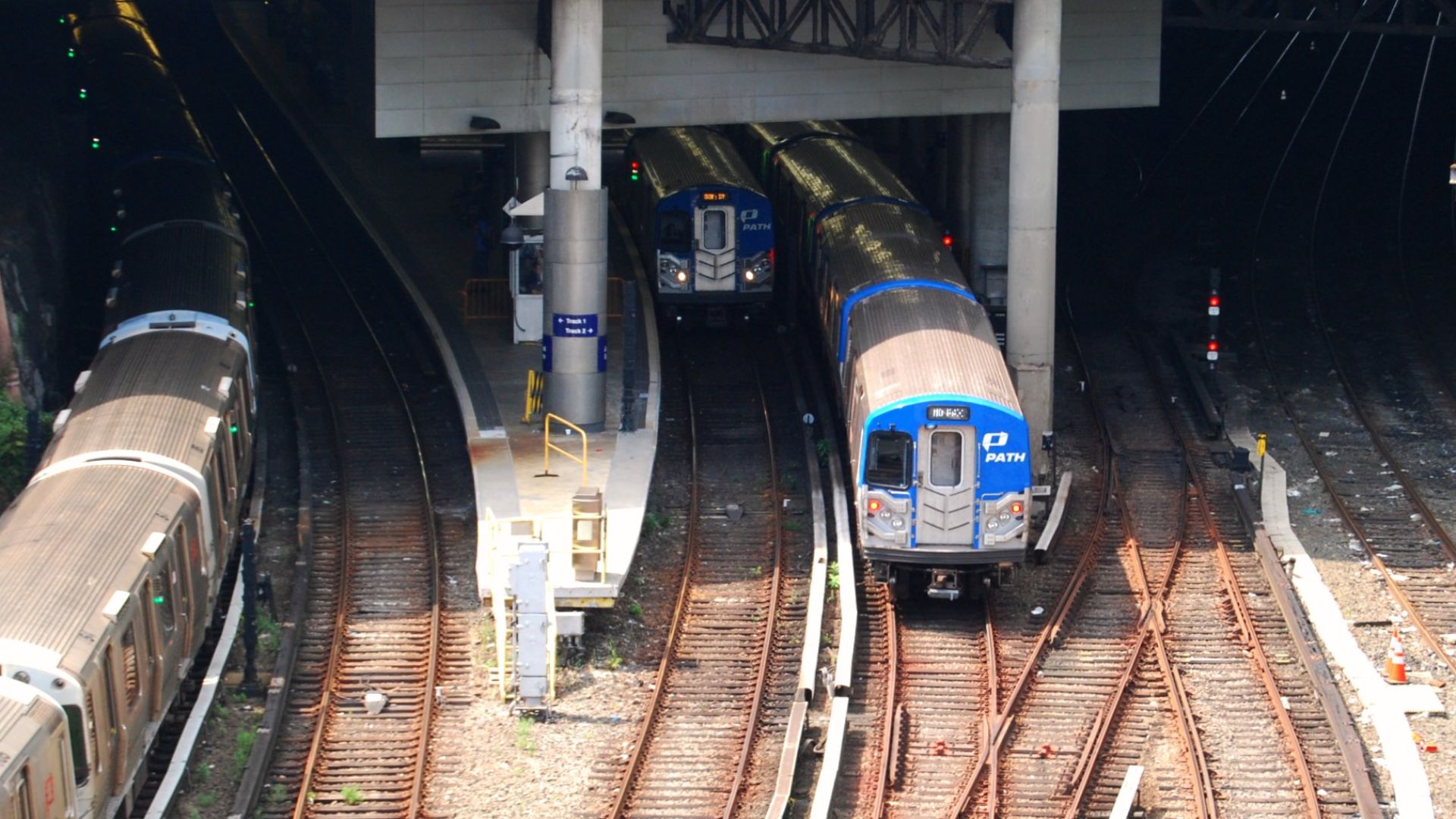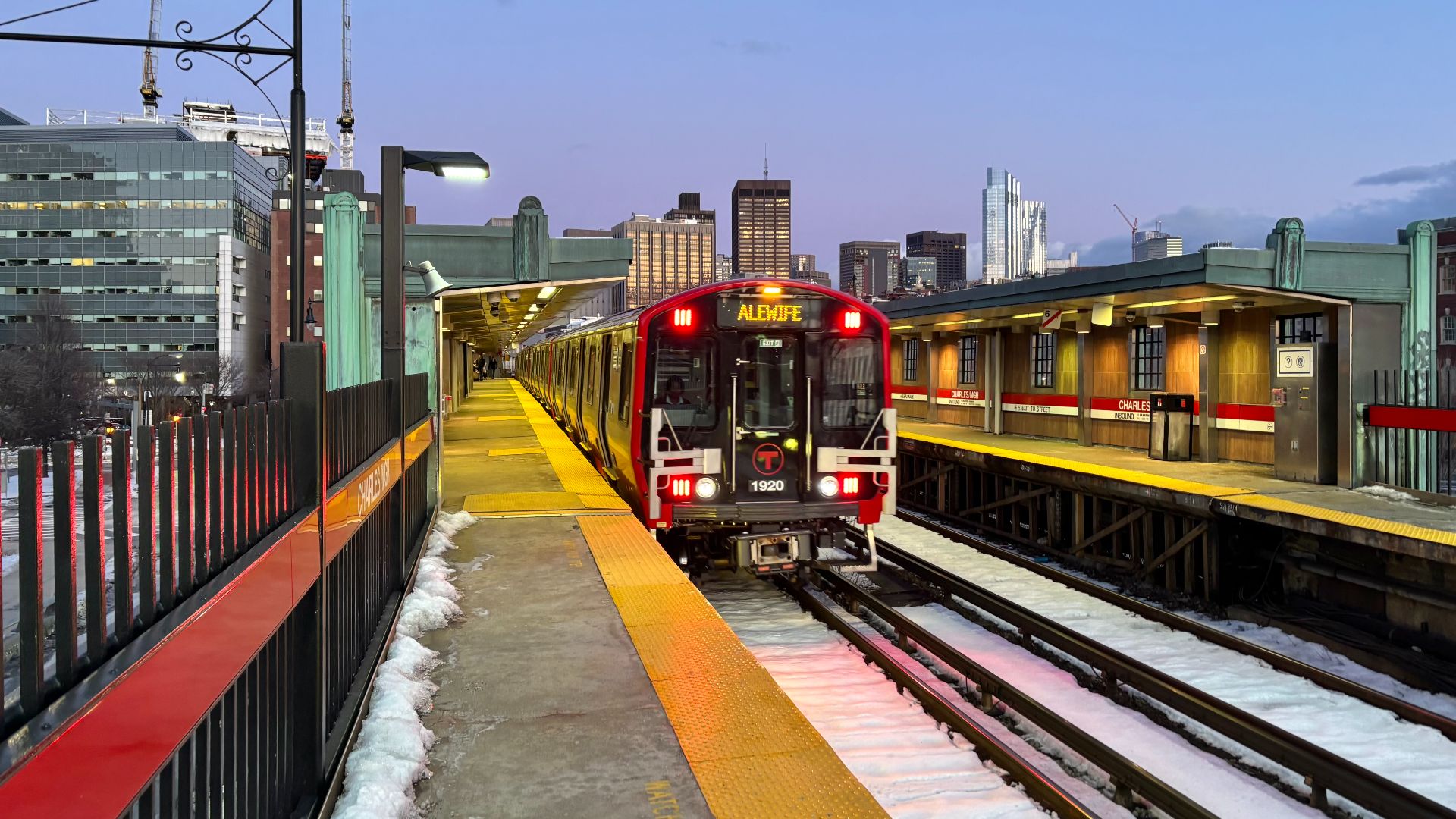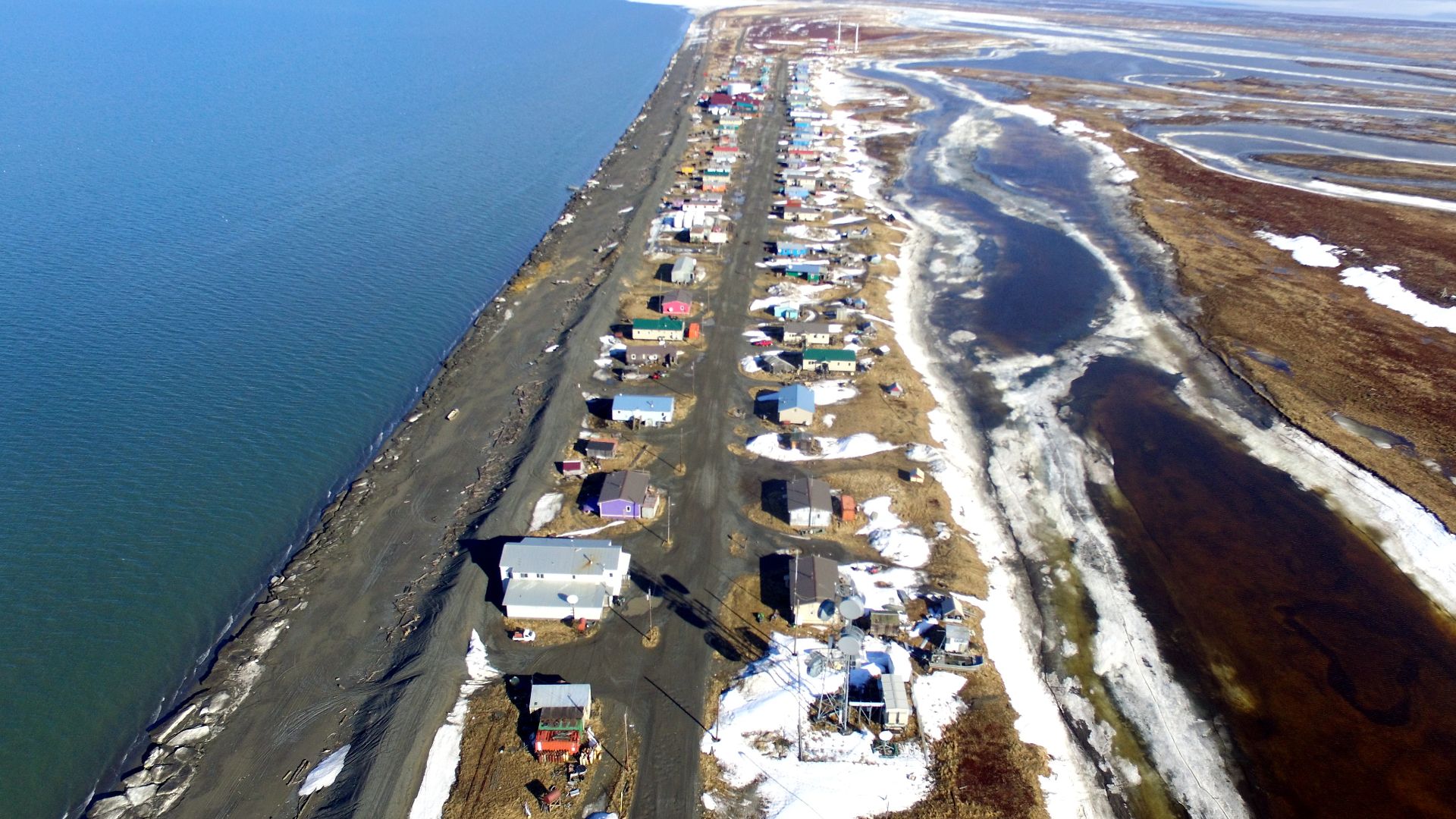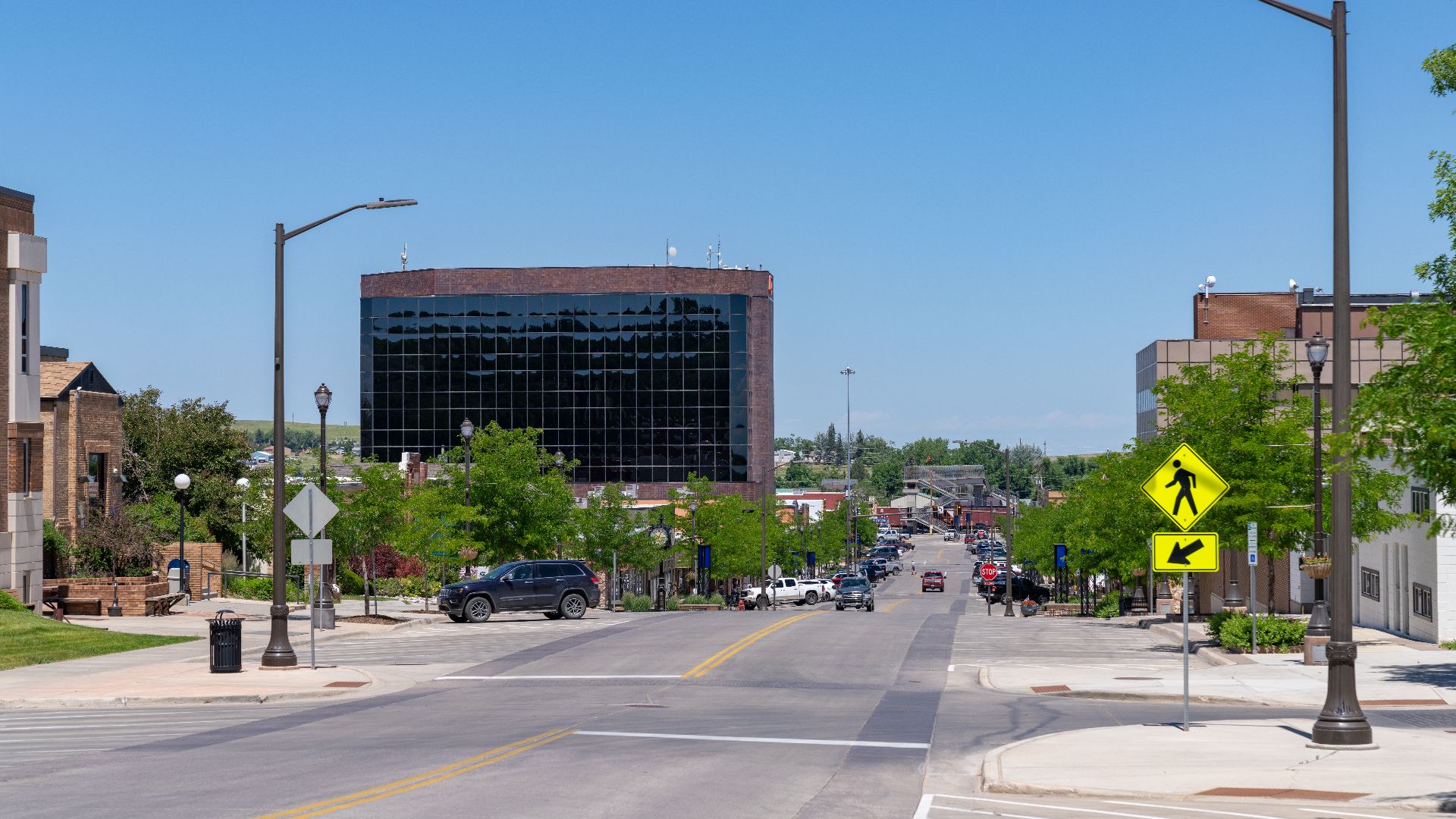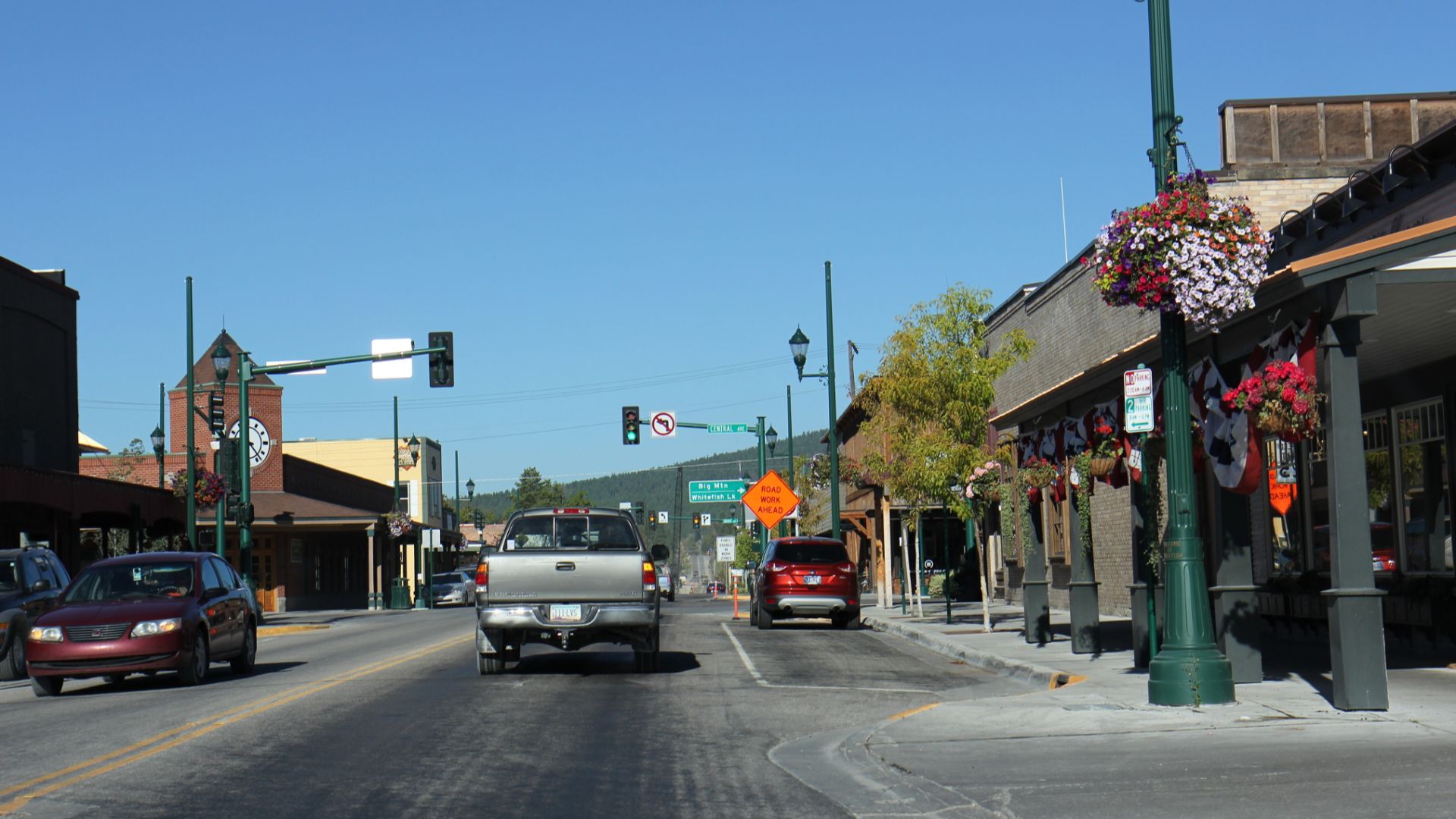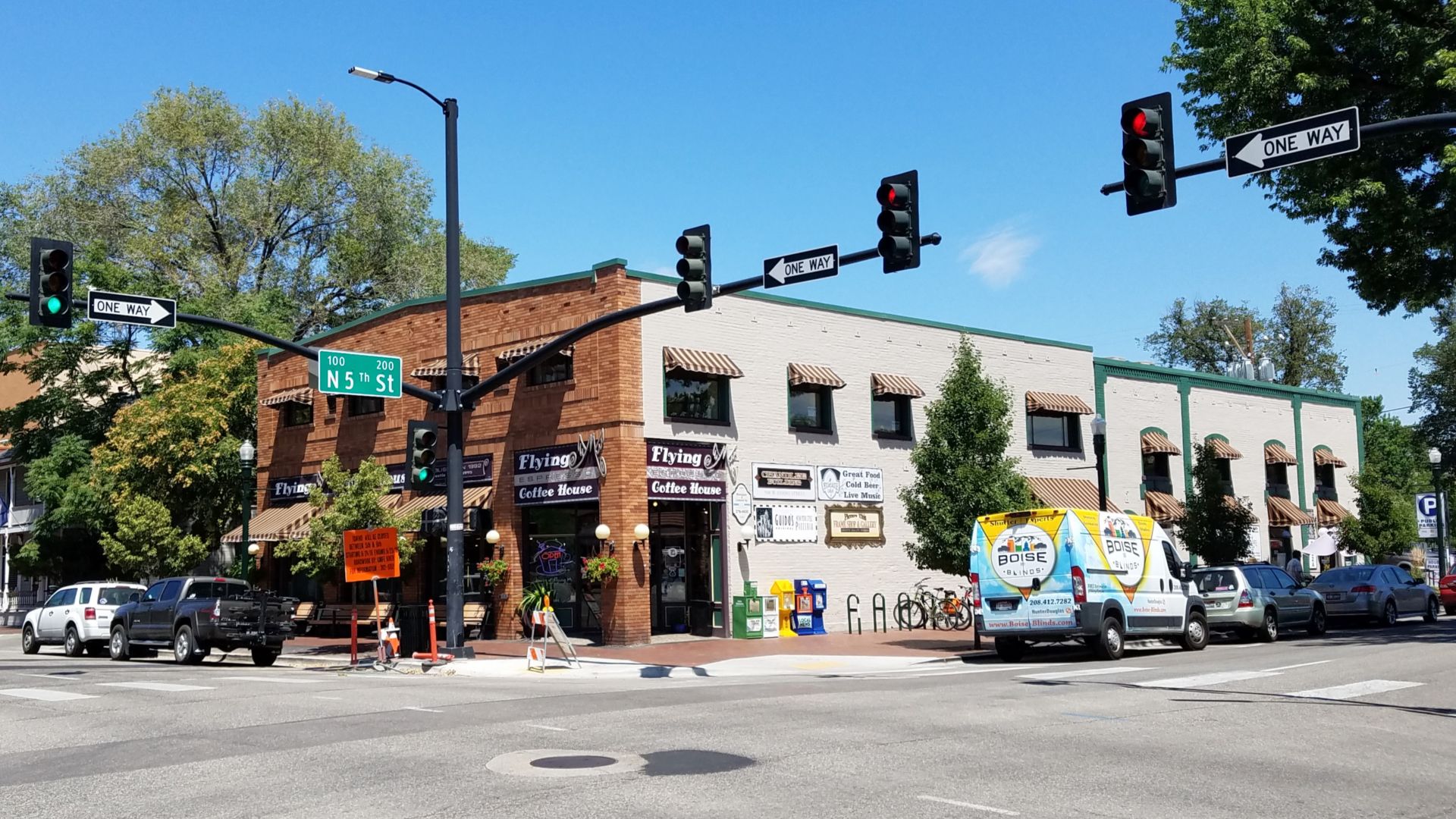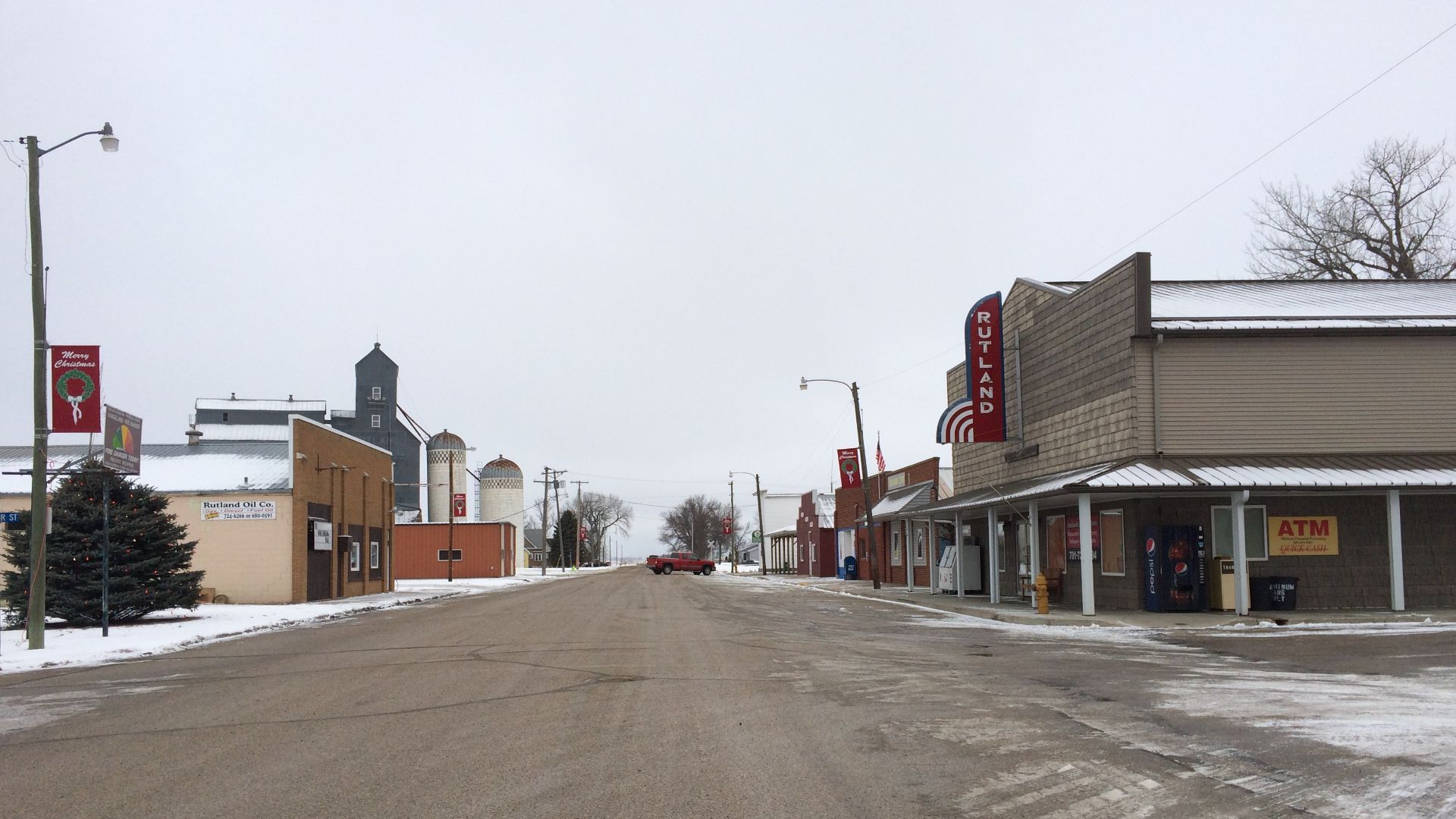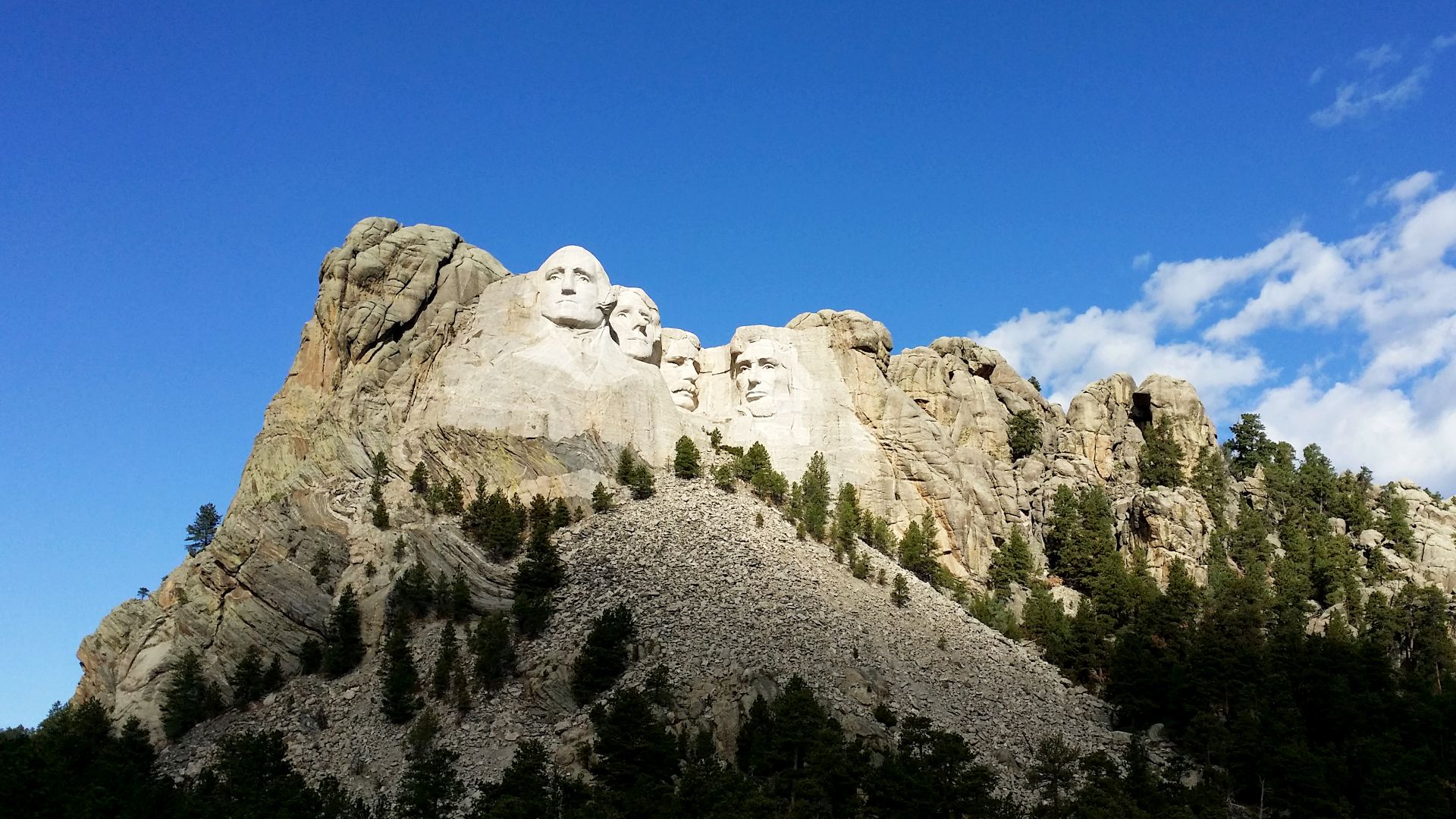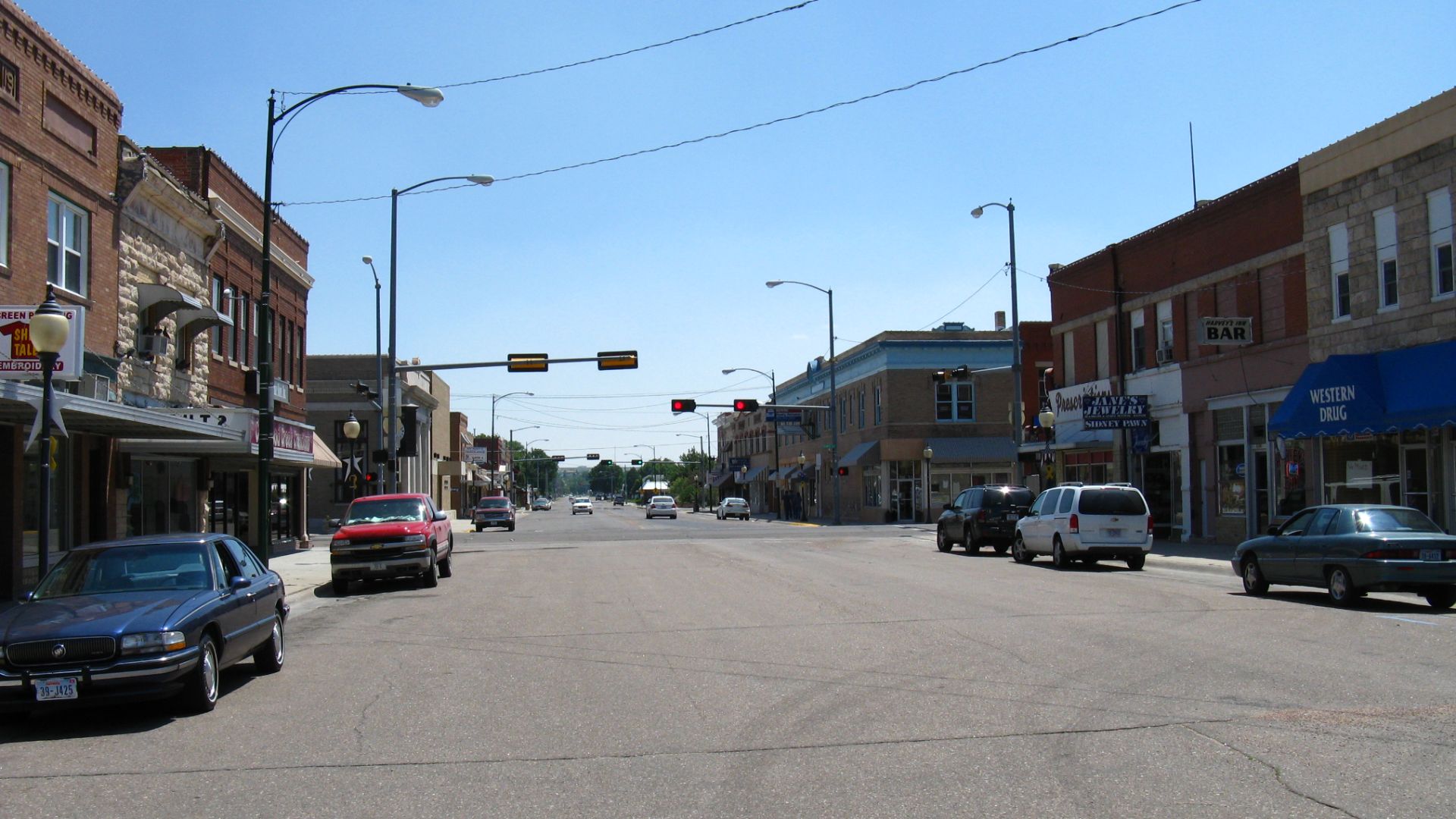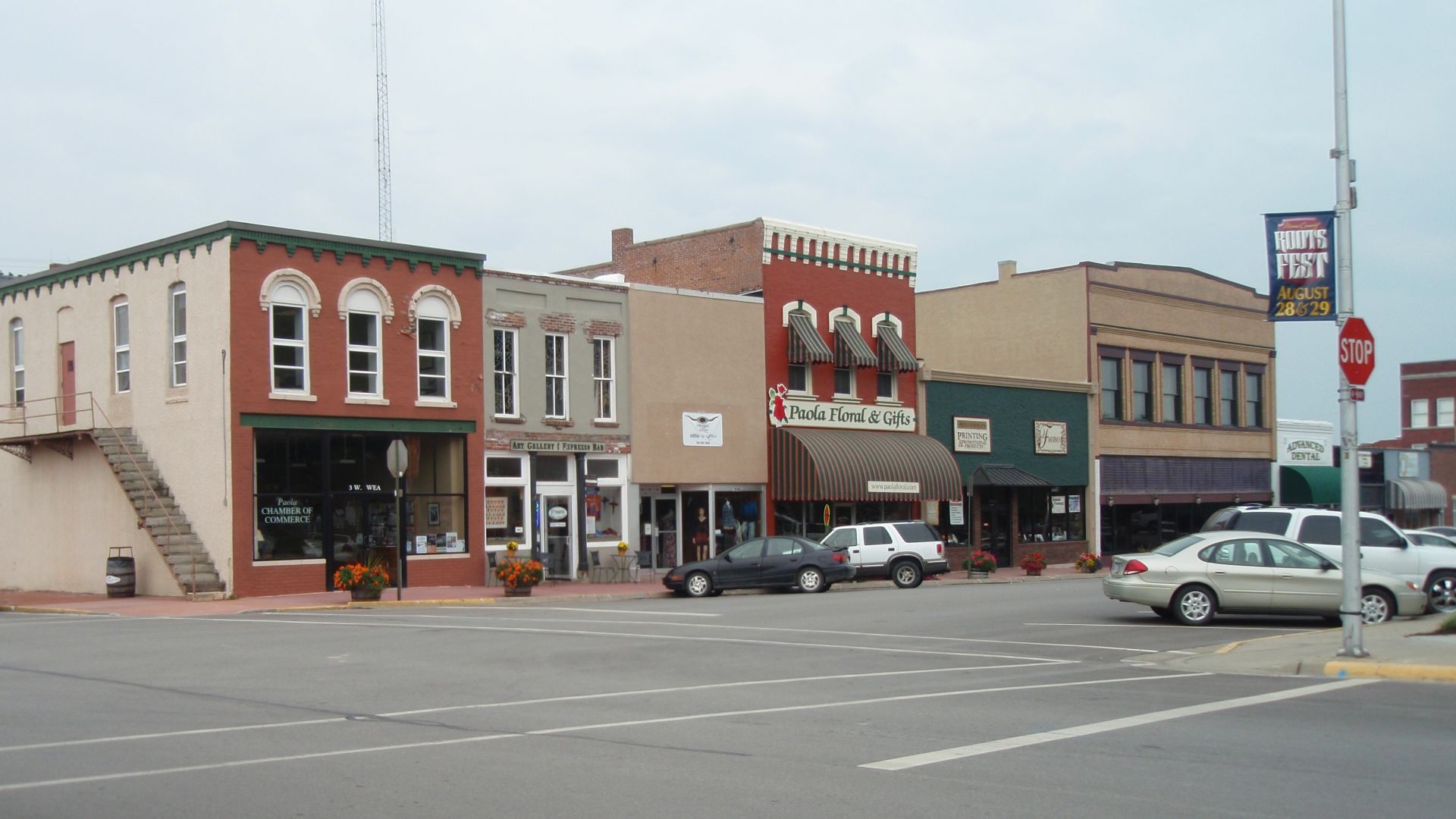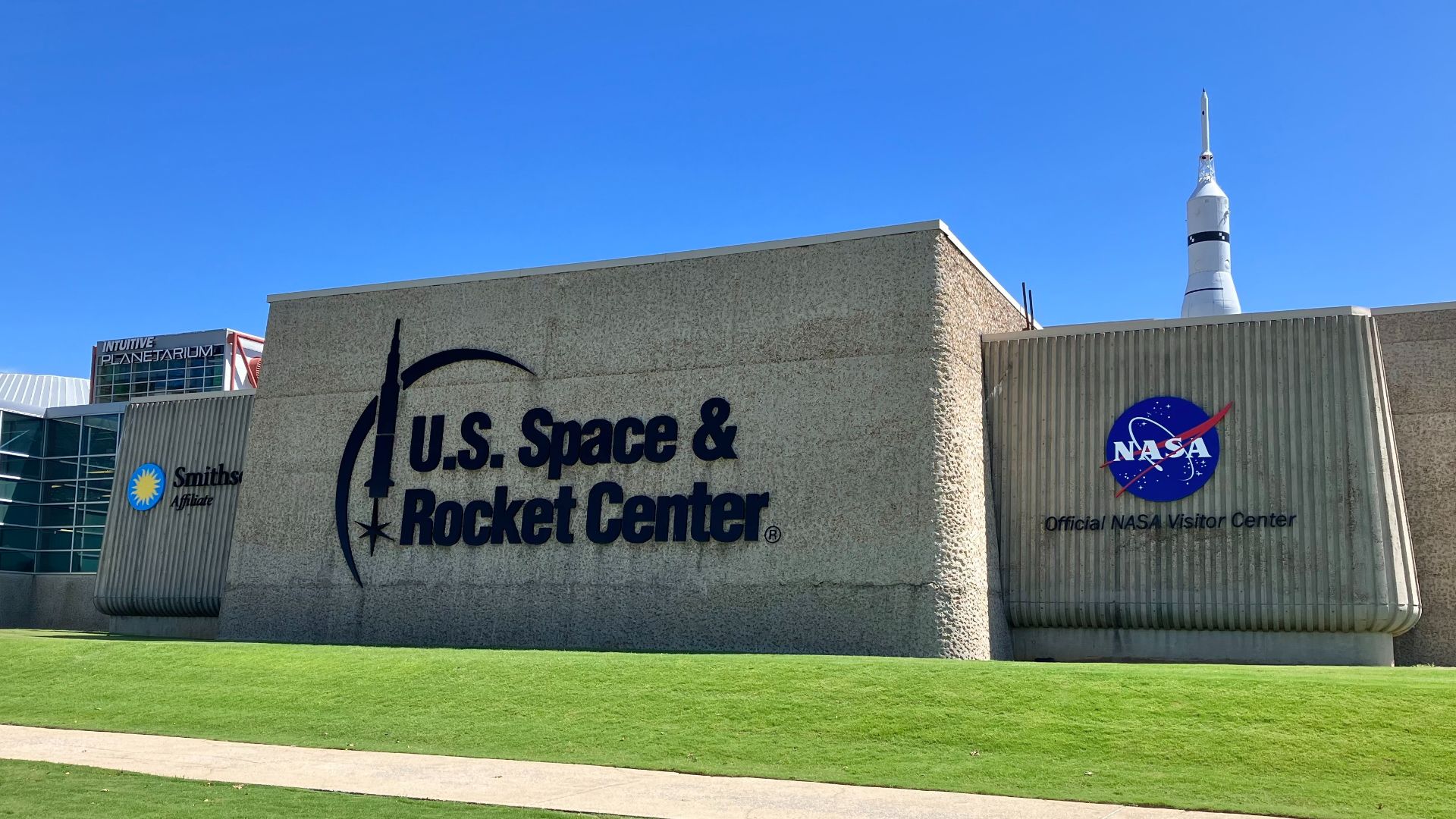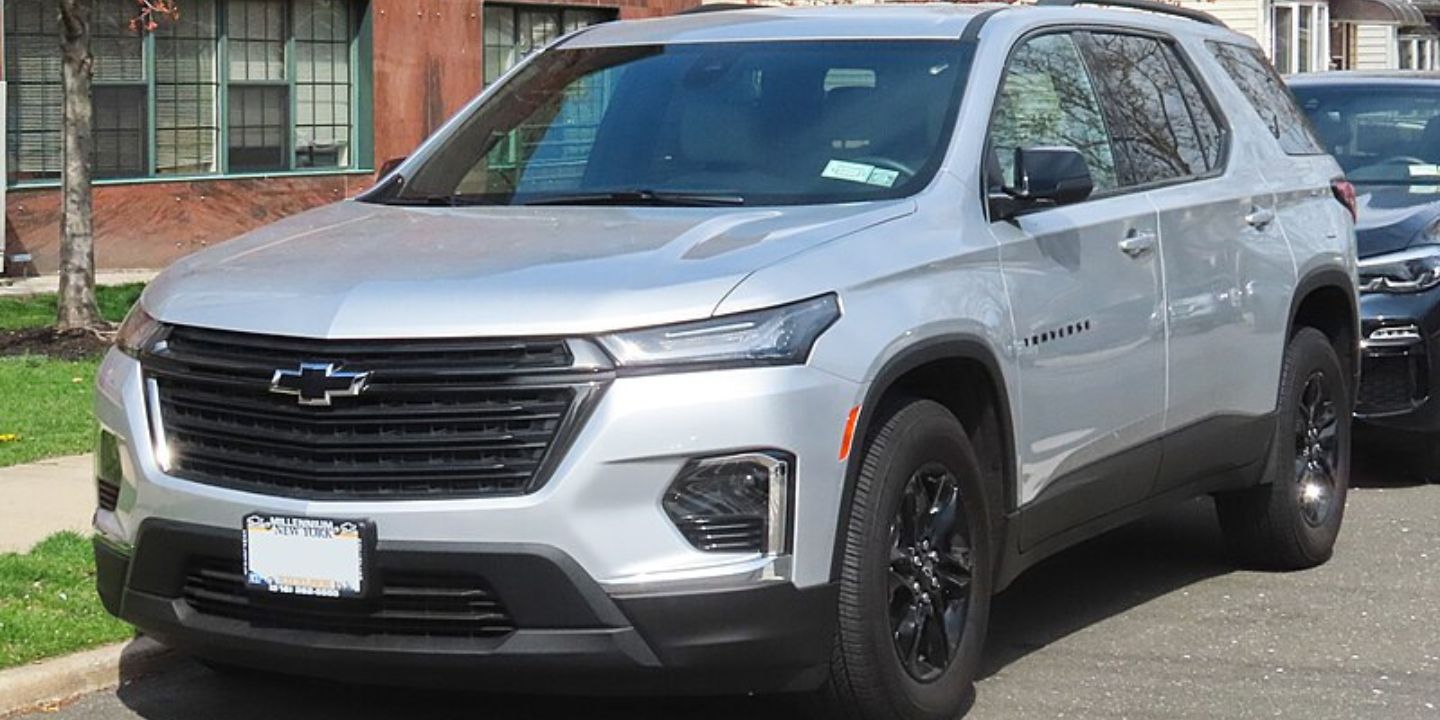Geography Determines Car Need
Living without a car sounds impossible in most of America, but certain states actually make it totally doable with decent public transit and walkable cities. Other states are designed to be so car-dependent that going without one severely limits your life and opportunities in frustrating ways. We're breaking down which states work without cars and which ones absolutely require vehicle ownership. Let's start with the car-free-friendly states first.
1. New York
Life in New York moves at a walking pace, especially in Manhattan, where sidewalks never sleep. With subways running across boroughs and ferries gliding along the rivers, most locals skip car ownership altogether. Battery Park and the Open Streets program also make daily life refreshingly pedestrian-friendly.
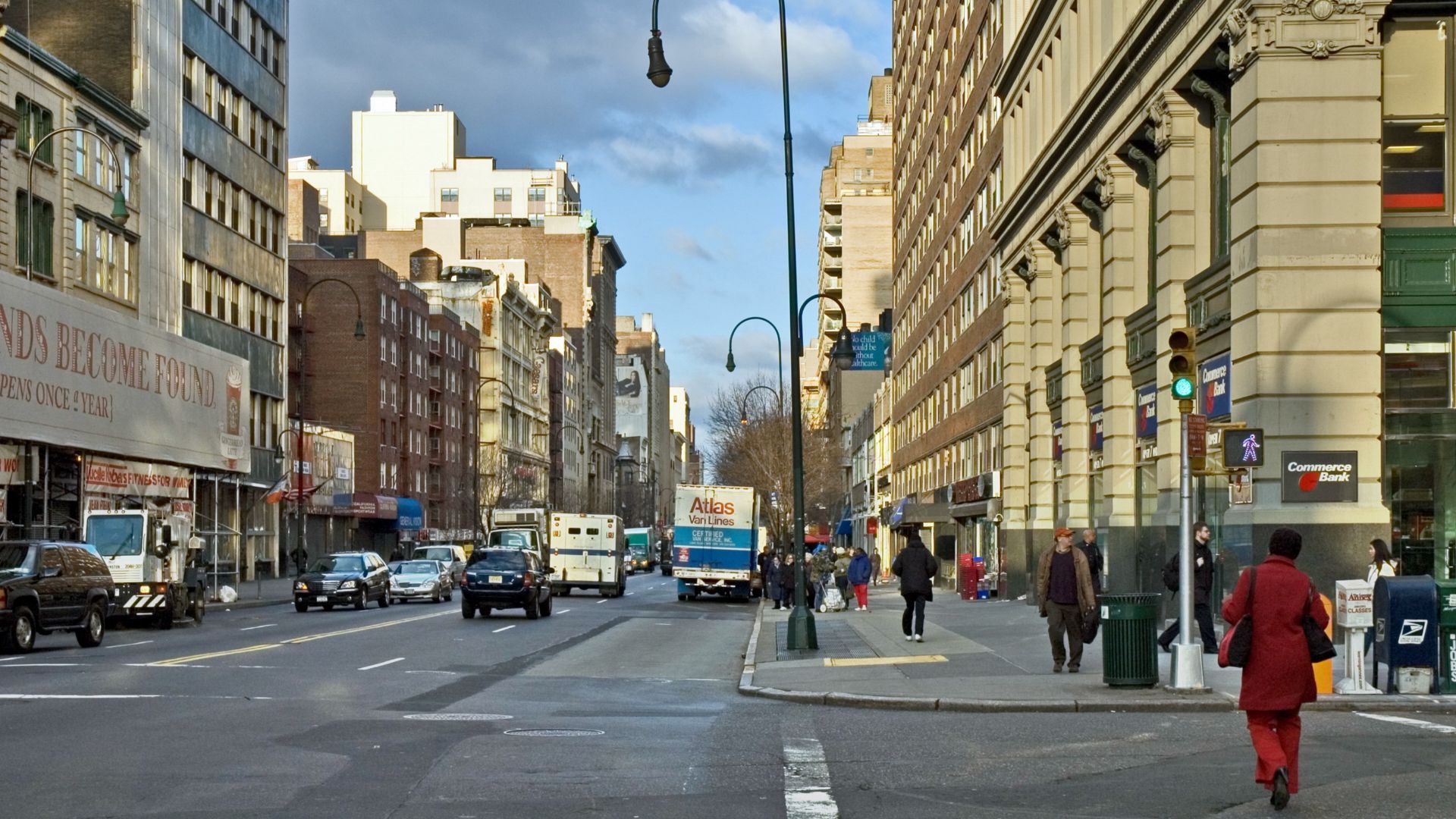 No machine-readable author provided. Leifern assumed (based on copyright claims). on Wikimedia
No machine-readable author provided. Leifern assumed (based on copyright claims). on Wikimedia
2. Illinois
In Chicago, public transportation rules the rhythm of city life. The famous “L” train loops through downtown and offers scenic rides over bustling streets. The Lakefront Trail adds another layer of freedom to let walkers and cyclists travel for miles without touching a steering wheel.
3. California
San Francisco proves that hills don’t hinder a car-free lifestyle. Between cable cars climbing steep streets and BART connecting nearby cities, daily commutes feel adventurous. Each walk reveals waterfront views and a sense of urban charm that keeps residents happily grounded.
4. Washington
Seattle’s blend of coastal charm and modern energy makes walking appealing year-round. The Link light rail and a dependable bus system allow easy travel from market stalls to museums. Strolling through Pike Place or Capitol Hill also keeps the city’s character alive with every step.
5. Utah
Salt Lake City keeps life moving at a smooth pace through well-designed public transit. Its TRAX light rail and clean sidewalks invite exploration. The downtown grid layout helps residents get their bearings quickly while enjoying bustling markets and local festivals on foot.
6. Pennsylvania
In Philadelphia, history meets walkability. Narrow cobblestone streets lead from Independence Hall to vibrant markets to create a natural flow for pedestrians. SEPTA’s network of trolleys and buses keeps the city accessible, allowing locals to live comfortably without the burden of car ownership.
7. New Jersey
Just across the Hudson, Jersey City offers the perks of urban life minus traffic headaches. The PATH train zips residents to Manhattan in minutes, while waterfront promenades provide room to unwind. Its neighborhoods blend historic brownstones with sleek towers within easy walking reach of transit.
8. Maryland
Baltimore proves that small-city charm pairs perfectly with car-free convenience. Public transit covers every downtown stretch, and free circulator buses keep things smooth. Exploring the waterfront or weaving through historic neighborhoods reveals how easygoing and connected life feels without relying on a car.
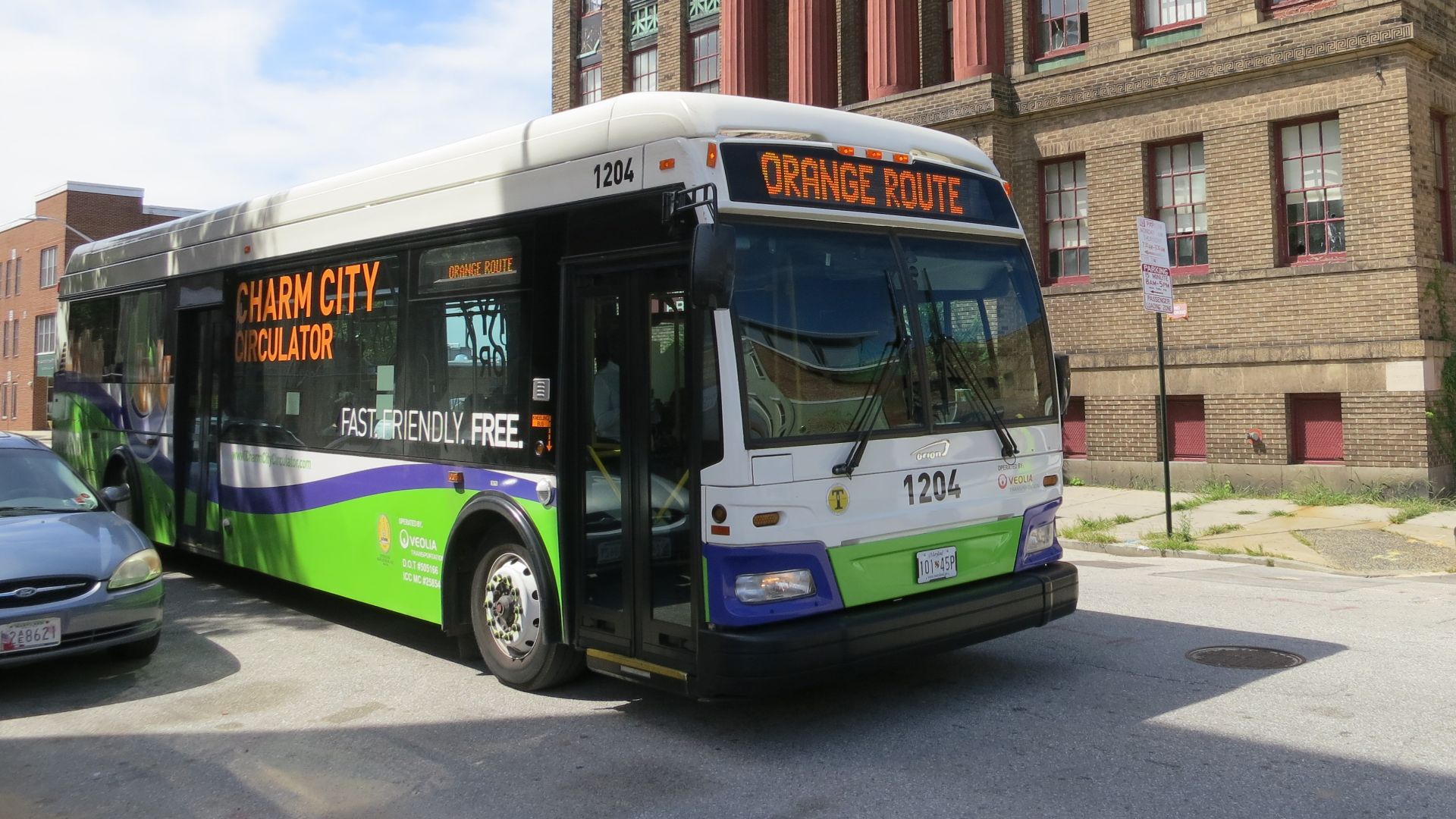 Paul Sableman from St. Louis, MO on Wikimedia
Paul Sableman from St. Louis, MO on Wikimedia
9. Massachusetts
Strolling through Boston feels like stepping through a living museum. The “T,” America’s oldest subway, keeps residents connected without ever needing to drive. From Back Bay to Beacon Hill, compact neighborhoods and convenient transit make it easy to explore by foot or rail.
10. Minnesota
In Minneapolis, winters don’t slow anyone down thanks to its enclosed Skyway system stretching nearly ten miles. Pedestrians move through downtown comfortably, while scenic lakeside paths connect neighborhoods. Reliable light rail and bus routes further make commuting both practical and pleasant.
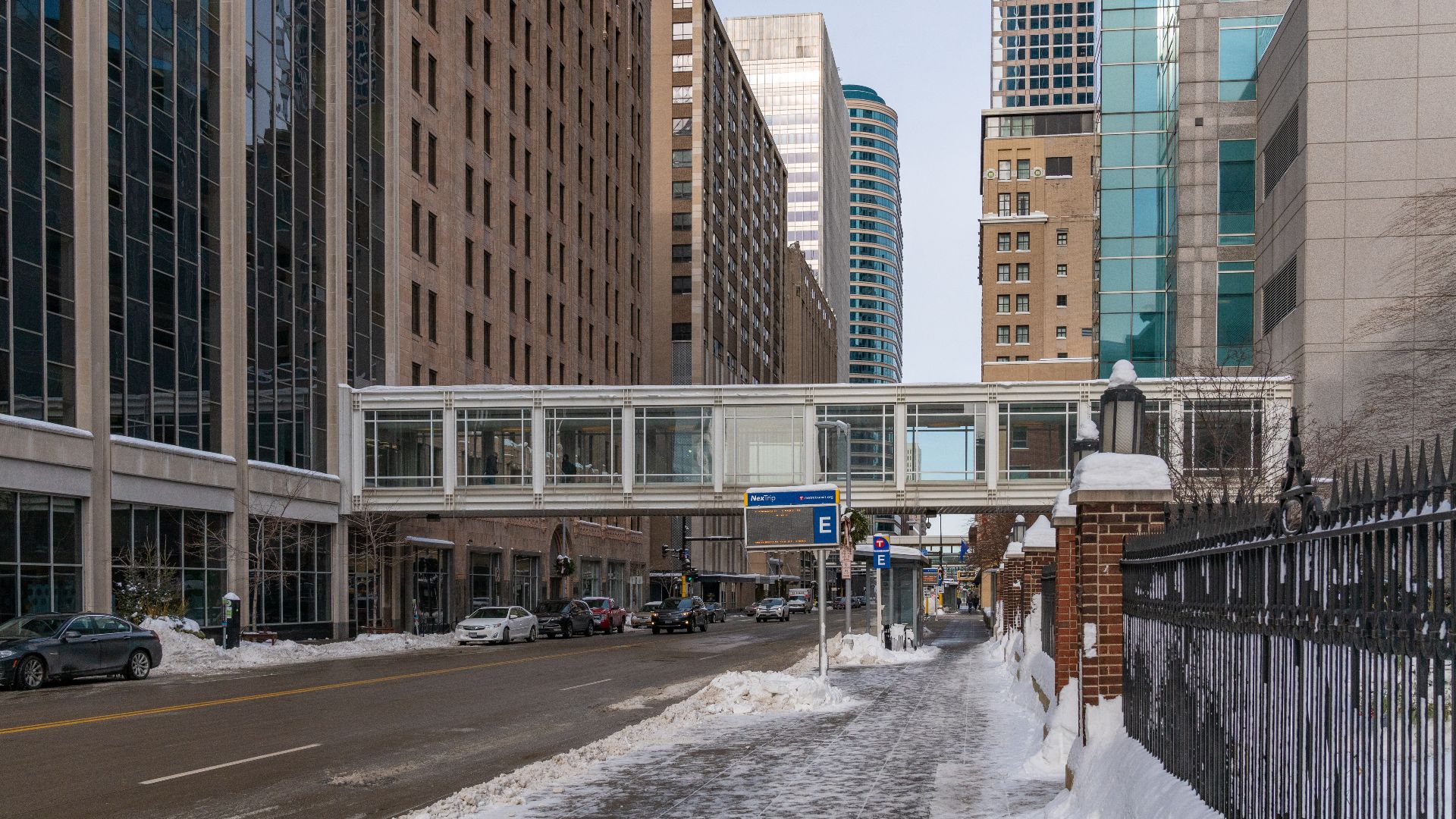 Tony Webster from Minneapolis, Minnesota, United States on Wikimedia
Tony Webster from Minneapolis, Minnesota, United States on Wikimedia
We’ve explored the states where you can ditch your car; now let’s hit the ones where having wheels isn’t optional.
1. Alaska
Transportation defines life in Alaska more than most realize. Communities sit beyond the reach of national highways, and paved routes can vanish into pure wilderness. Locals depend on vehicles built for endurance, while ongoing projects like the Denali Commission improve access through miles of remote terrain.
2. Wyoming
Getting around Wyoming means embracing long drives across open plains. With towns spread far apart and little public transit, owning a car is simply practical. Visitors exploring Yellowstone or locals commuting between ranches both rely on cars to experience the state’s raw natural beauty.
3. Montana
Montana’s vast horizon makes cars indispensable. Beyond a few small transit options in urban areas, personal vehicles are the only way to connect distant towns. Locals use them for everything from errands to scenic drives beneath the “Big Sky”, where open roads stretch endlessly.
4. Idaho
Mountain ranges and farmland dominate Idaho to shape a lifestyle centered around driving. Outside Boise, public transit fades quickly, and rural life depends on personal vehicles. From potato farms to the winding Sawtooth Scenic Byway, the best parts of Idaho reveal themselves on the road.
5. North Dakota
North Dakota’s extreme winters make car travel essential for warmth and safety. Public transit barely reaches rural communities, which leaves cars as the only option. Between frozen prairies and wildlife refuges, even a simple grocery run can mean miles behind the wheel.
6. South Dakota
Exploring South Dakota feels like a road trip waiting to happen. With attractions like Mount Rushmore and Badlands National Park scattered miles apart, cars keep residents connected. Events such as the Sturgis Motorcycle Rally celebrate the open-road spirit woven into the state’s identity.
7. Nebraska
The Great Plains invite travelers to slow down and embrace distance. Nebraska’s sparse highways connect agricultural towns across open grassland. Cars remain essential, yet the journey feels peaceful as winding roads pass through dunes and landmarks that make every mile memorable.
8. Kansas
Kansas lives up to its wide-open reputation. Small towns sit far apart, and highways act as lifelines for local travel. The state’s agricultural roots make vehicles essential for work and errands, while landmarks like the U.S. geographic center invite road wanderers to explore by car.
9. Oklahoma
Driving defines Oklahoma life, especially beyond city limits. Public transit covers only the largest metros, and oil field work often requires traveling to remote sites. Scenic drives along Route 66, dotted with nostalgic diners and neon signs, showcase why this state is built for the road.
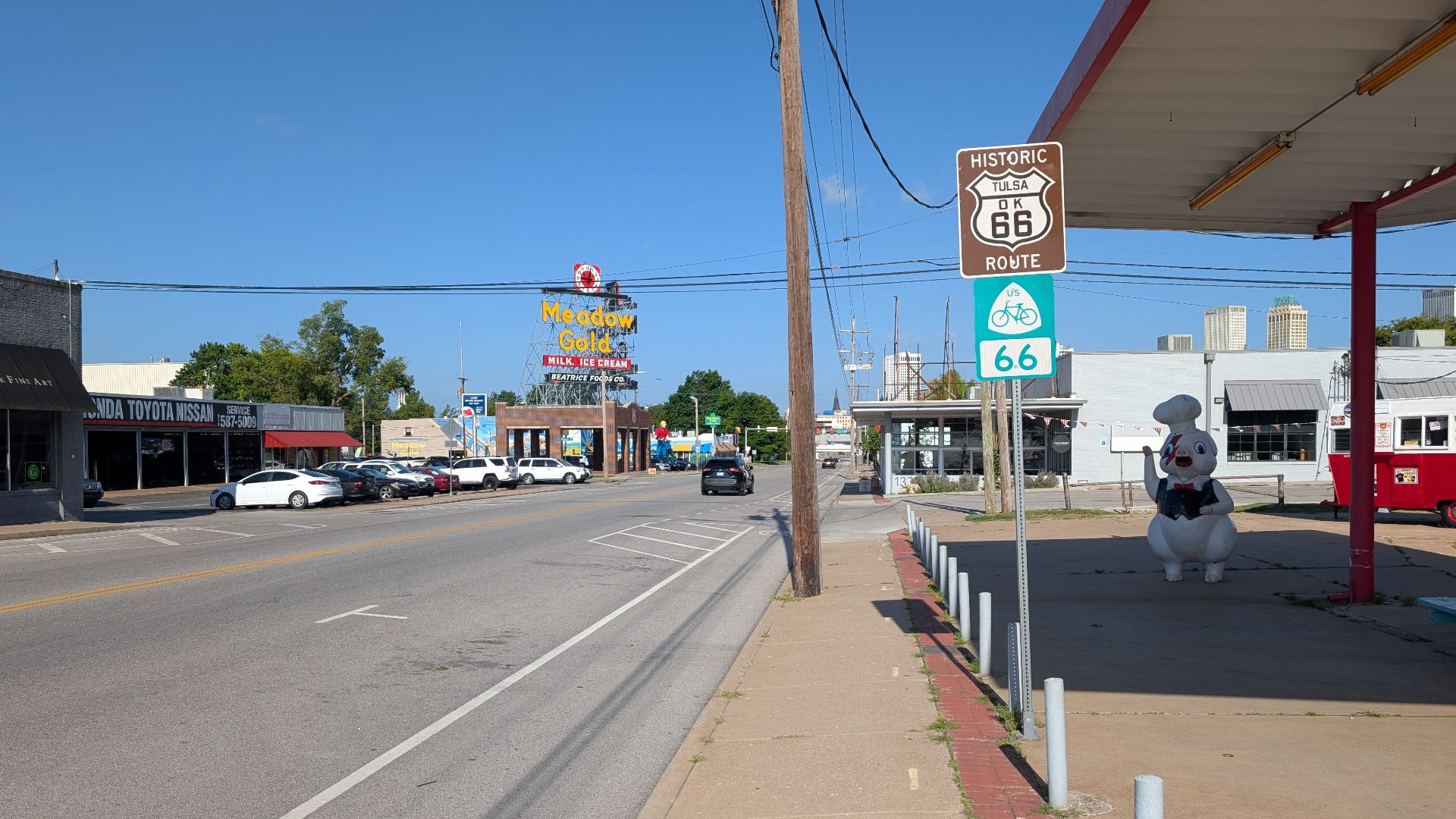 G. Edward Johnson on Wikimedia
G. Edward Johnson on Wikimedia
10. Alabama
In Alabama, sprawling suburbs and humid weather make walking rare. Most people depend on cars to move between towns or visit key attractions. Road-trippers can trace history across the state, from civil rights landmarks to the Space & Rocket Center in Huntsville.


